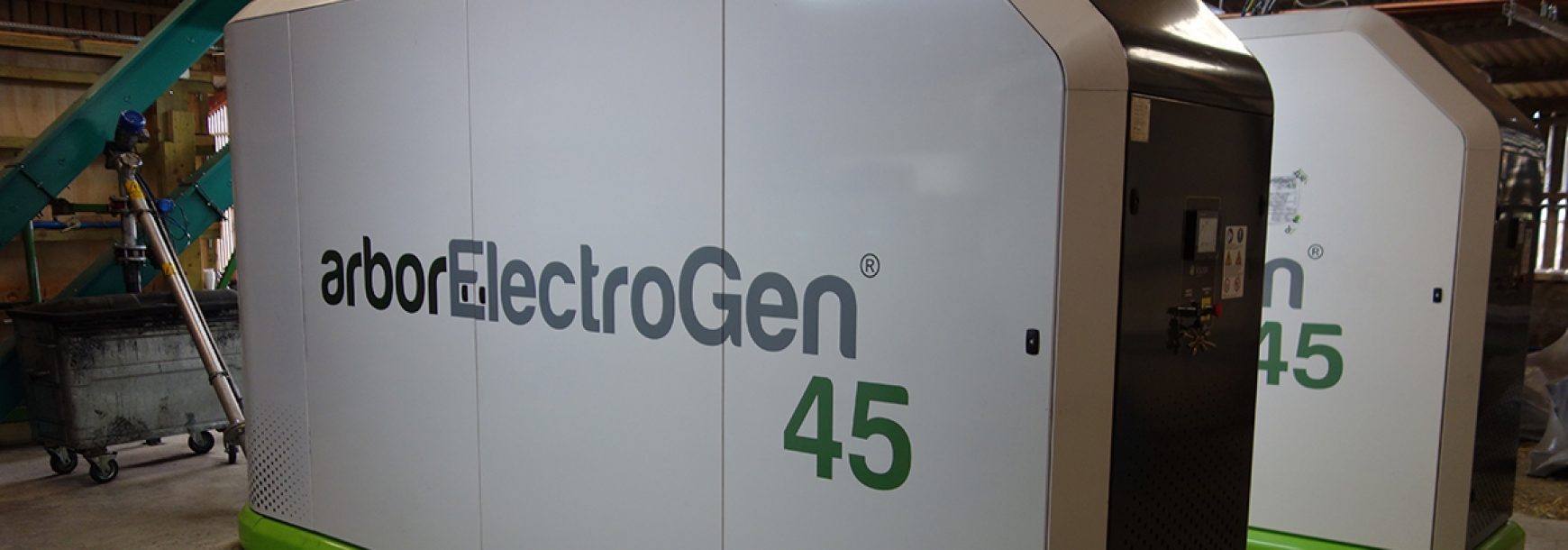The 'Triad season' is a four-month winter period, during which the National Grid looks back to find the three half-hour periods when electricity demand was highest in the UK. These are known as the 'Triad' demand periods.
Why does National Grid identify these 'Triad' demand periods?
When these three peak demand periods have been identified, National Grid looks at the amount of electricity used during each period by each local electricity network operator, and calculates each operator’s average peak demand for that winter.
National Grid then uses this information to set a ‘capacity charge’ (also sometimes known as an ‘availability charge’) for each local electricity network operator across the UK. This charge covers National Grid’s costs in ensuring the availability of this peak amount of electricity to the operator.
The local electricity network operators then charge a capacity charge to each electricity supplier (E.ON, npower etc.) they supply electricity to.
These suppliers then recover this charge from their customers, by charging extra for the electricity used during a Triad period. How they do this depends on how much electricity you use.

Triad charges: how you'll be affected as a customer
When it comes to suppliers recovering their Triad charges from their customers, don't panic!
Suppliers build the cost of Triad charges into an all-inclusive rate on most electricity contracts, so the majority of customers won’t notice a thing.
However, there are two types of electricity customers who may see a difference when they receive their bill for a period which includes a Triad…
High electricity consumers – be warned…
If you are a particularly high electricity consumer (using several £100,000s’ worth of electricity each year), you may be charged a higher rate than usual for the electricity you used during a Triad period, as a separate item on your bill. You may even be invoiced specifically for Triads.
Many electricity suppliers will try to help out consumers by issuing warnings when they think a Triad might be coming. Thee often take the form of text and email-based alerts, which you will usually need to sign up for on their websites. (Of course, they can’t know for sure when TRIADS will take place– we only ever know when a Triad actually did occur after the end of February, when the Triad period is over).
These warnings are intended to give you the opportunity to reduce the amount of electricity you use (if possible) during the half-hour period in question.
This will help reduce your supplier’s overall electricity demand from National Grid, which will reduce their charge and, in turn, help reduce the amount they charge you.
You’ll probably receive around 20 to 30 Triad warnings from your supplier each winter, giving you plenty of chance to look at reducing your electricity use if you can.
Export electricity contracts for electricity generators – good news!
If you export electricity you generate yourself to the National Grid, Triad periods are good news for you! If you have a fossil fuel Combined Heat & Power (CHP) installation—or even a wind turbine or anaerobic digester—and you happened to be exporting electricity during a Triad period, your local electricity network operator may be able to pay you for helping to lower the fees they pay National Grid.
The amount paid to you depends on your local electricity network operator, and your contract with whomever buys your electricity. Rates have reduced in recent years due to government policy changes, but there’s still some money to be earned – and if you’re exporting power, you can be certain you’ve avoided the penalties for importing power during the TRIAD period.
It is important to make sure that whoever buys your electricity is giving you your fair share. Even solar photo-voltaic (PV) installations qualify – it’s just a pity that the sun doesn’t shine in the UK at 5pm in the middle of winter!
Current Rates
This season’s rates for importing and export power during TRIAD times are confirmed below. Remember that the exact amount for export may vary based on the contract you have with your energy supplier.The rates are £/kW – so for example, if a supply in Yorkshire consumed 100kW during one if the three TRIAD periods, they’d owe a total of £5,183.00 for this.
Convsersely, if a supply in South Wales exported 100kW during one of the periods, they could be paid up to £394.00 by whomever holds their contract for export.
|
Export |
Import |
|
|
Area |
£/kW |
£/kW |
|
Northern Scotland |
0.00 |
24.44 |
|
Southern Scotland |
0.00 |
35.46 |
|
Northern |
0.00 |
44.68 |
|
North West |
0.00 |
51.41 |
|
Yorkshire |
0.00 |
51.83 |
|
N. Wales & Mersey |
0.00 |
53.40 |
|
East Midlands |
1.01 |
55.52 |
|
Midlands |
2.67 |
57.19 |
|
Eastern |
3.43 |
57.95 |
|
South Wales |
3.94 |
58.46 |
|
South East |
5.68 |
60.19 |
|
London |
9.17 |
63.68 |
|
Southern |
7.74 |
62.26 |
|
South Western |
9.23 |
63.74 |
So when will the three Triad demand periods take place?
It will come as no surprise that the three half-hour peak electricity demand periods in the UK always occur in winter – more specifically, during the ‘Triad season’ of November to February inclusive each year.
The Triad periods are different every year, and it’s technically possible for a Triad to occur on any day at any time during the four-monthTriad season.
However, looking at when they’ve occurred in the past, we know that Triads typically occur on a Monday to Thursday, during periods of particularly cold weather, at around 5-7pm – when industrial demand and the domestic tea-time period coincide.
When identifying the three Triad periods, National Grid must make sure that they are at least ten days apart from each other.
If you need any help or advice regarding Triads, Power Purchase Agreements (selling surplus electricity) or any size or type of energy contract, give us a call on 024 7669 6512.




